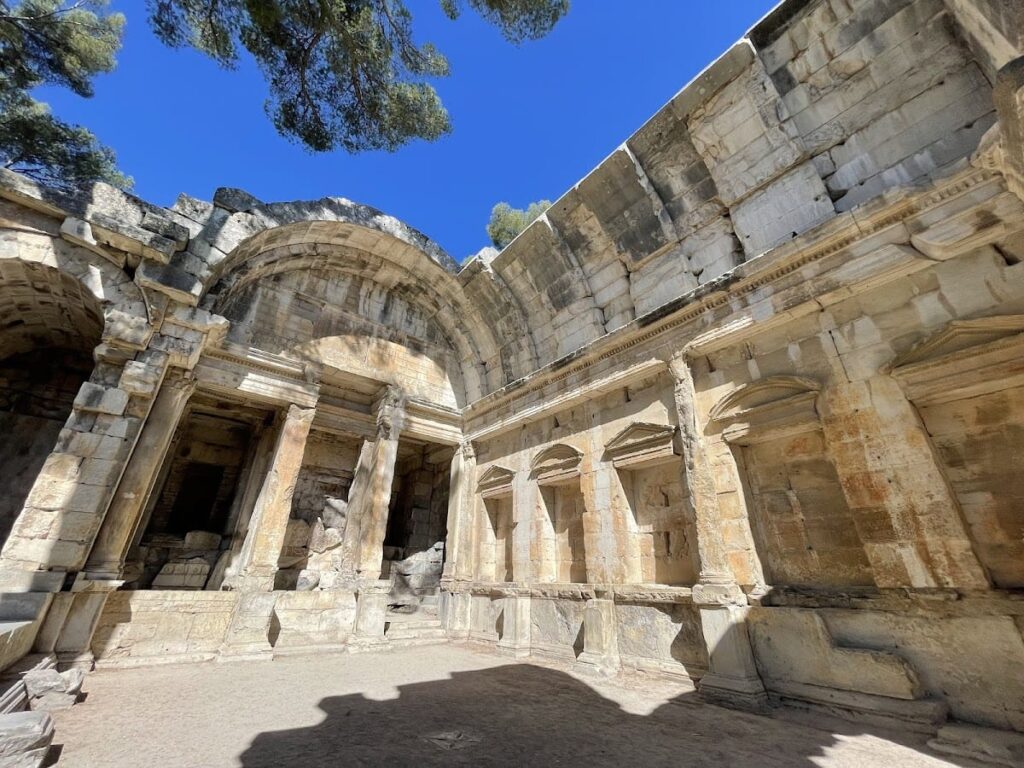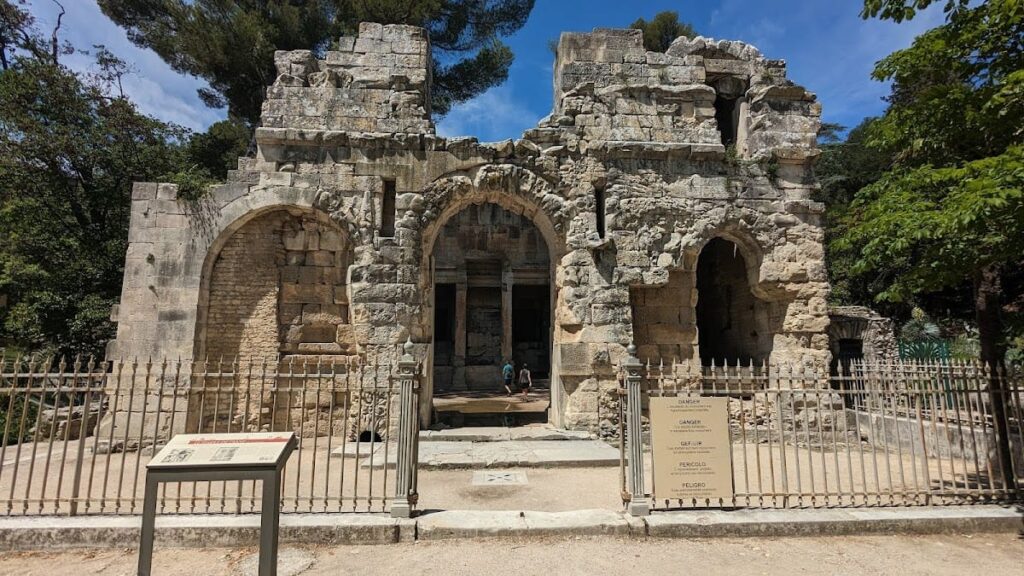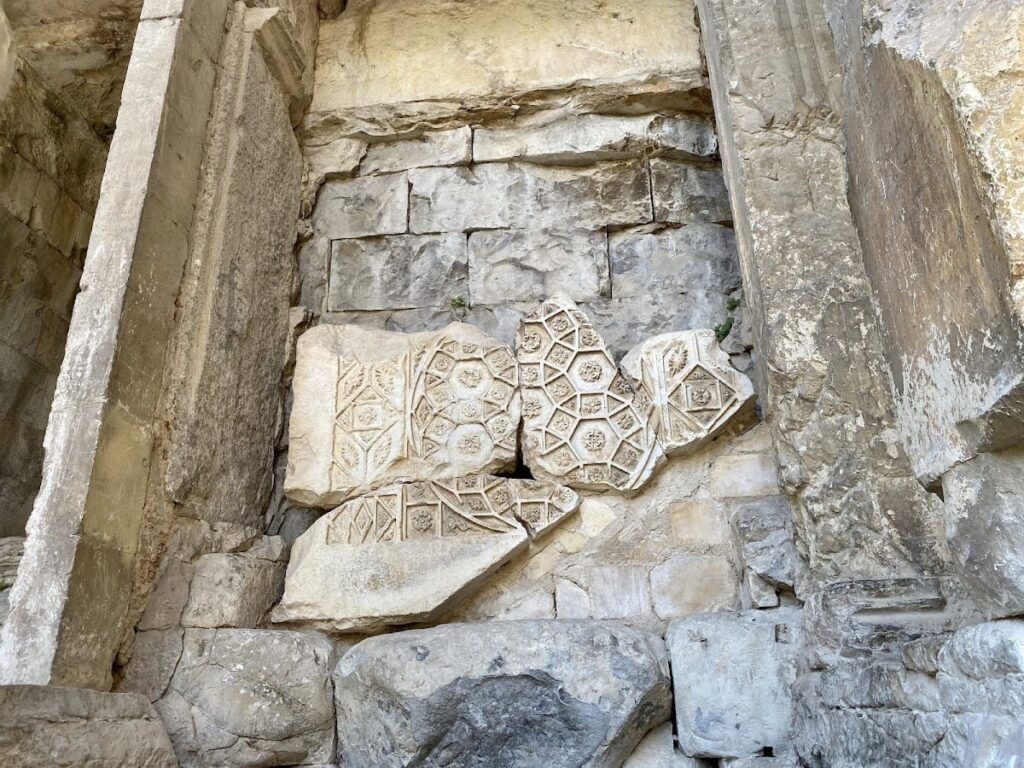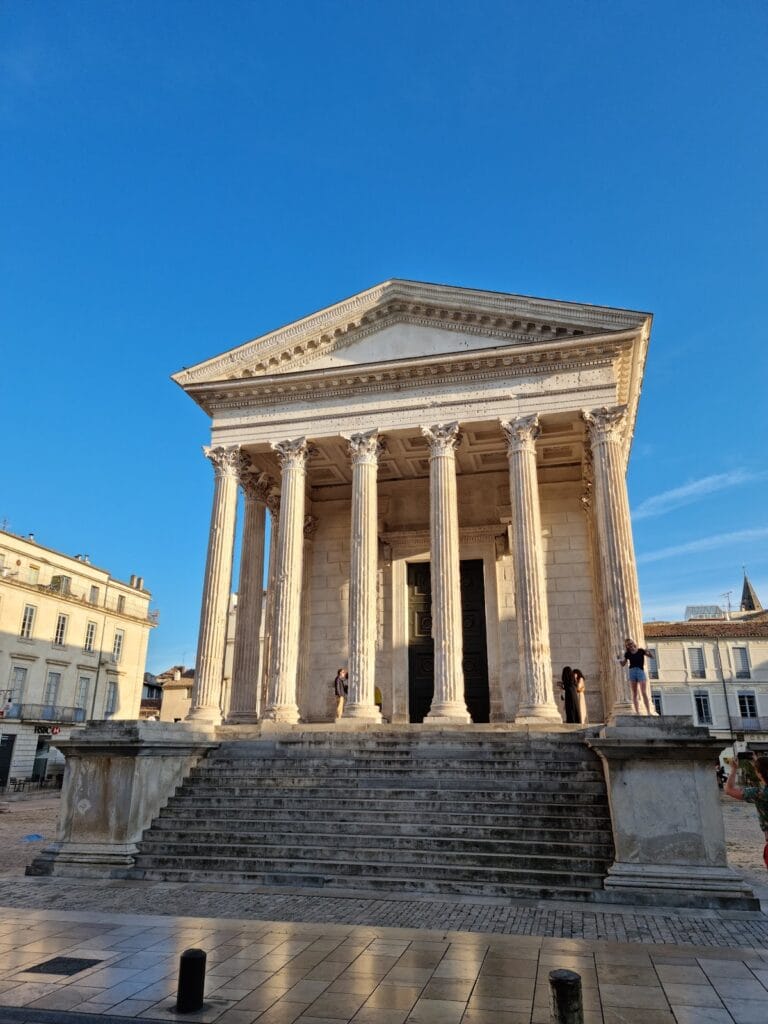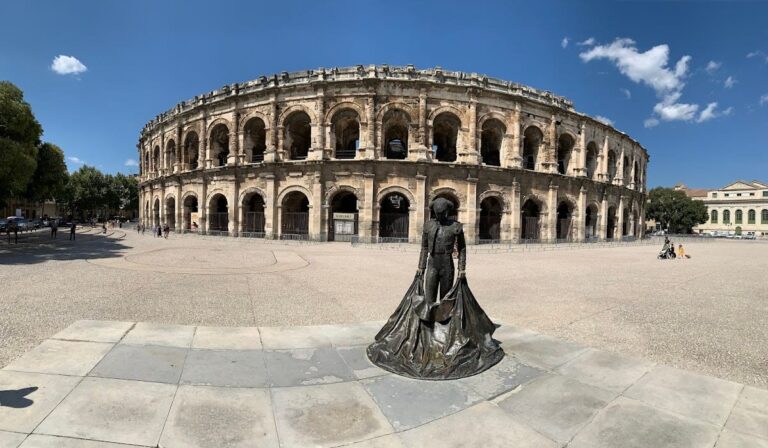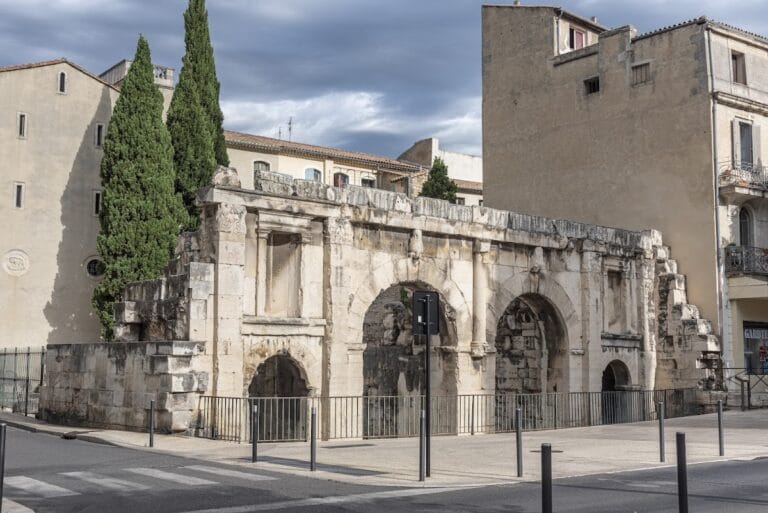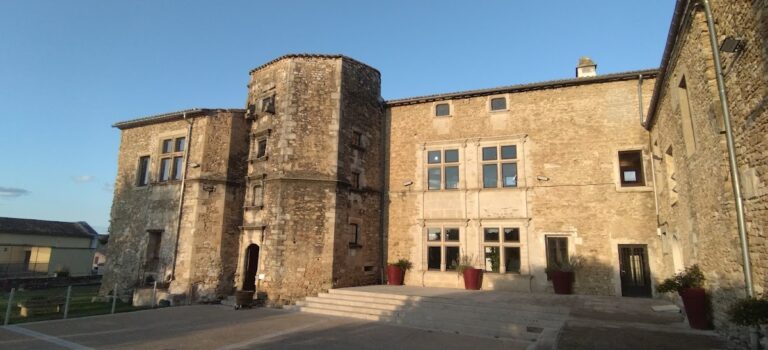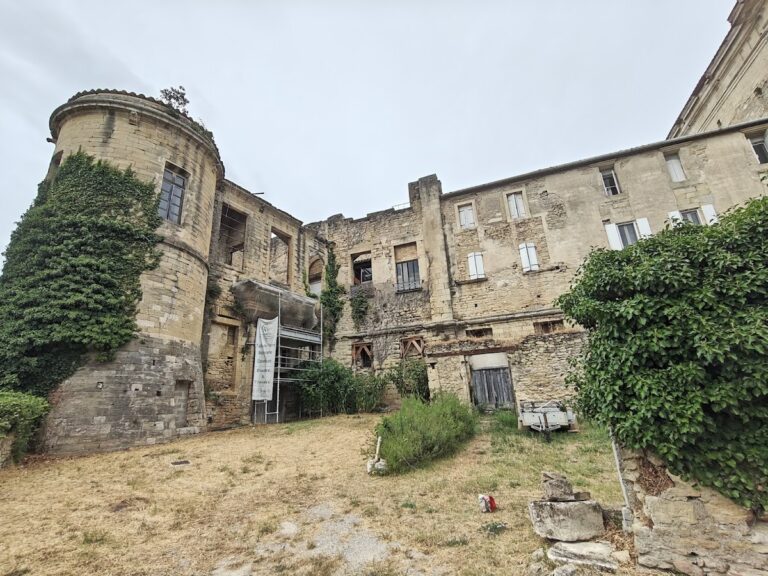Temple of Diana in Nîmes: A Roman Monument in Southern France
Visitor Information
Google Rating: 4.5
Popularity: Low
Google Maps: View on Google Maps
Official Website: www.nimes-tourisme.com
Country: France
Civilization: Roman
Remains: Religious
History
The Temple of Diana is located in Nîmes, in southern France. It was constructed during the 1st century CE by the Romans, under the rule of Emperor Augustus. The building formed part of a larger sanctuary complex centered on a nymphaeum, a monument dedicated to water nymphs, which was itself devoted to Augustus.
The original purpose of the structure remains uncertain. While traditionally called a temple, its basilica-like floor plan suggests it was not a conventional temple. Scholars have proposed it may have served as a library, a reception hall, or baths. No archaeological or historical evidence confirms a dedication to the goddess Diana, despite the name it carries today.
In the 2nd century CE, the façade of the building was likely restored, indicating continued use or maintenance during this period. Centuries later, from the 10th to the 16th century, the building was repurposed as a chapel within the Benedictine monastery of Saint-Salvador. This religious use helped preserve the structure through the medieval era.
During the French Wars of Religion in the late 16th century, the building suffered partial destruction. Catholic forces damaged it to prevent its use as a refuge by Protestant groups. Around 1570, the Venetian architect Andrea Palladio visited Nîmes and made detailed drawings of the building before a fire around 1600 damaged its roof and altered its original form. Palladio included the temple in his influential architectural treatise “I quattro libri dell’architettura”.
In 1745, excavations took place during the creation of the Jardins de la Fontaine, a public garden commissioned by King Louis XV and designed by Jacques Philippe Mareschal. These digs uncovered the original marble floor decorated in opus sectile, a technique using cut and fitted marble pieces. The temple was officially recognized as a French historic monument in 1840.
In the 18th century, the site inspired Romantic artists such as Hubert Robert, who painted its interior, reflecting the era’s fascination with ruins and antiquity.
Remains
The Temple of Diana is partially built into the slope of Mont Cavalier in Nîmes. It originally included annexed rooms and supported an upper floor or terrace, which no longer exist. The main façade faces east and features three large arched windows arranged over two levels. The ground floor follows a basilica-like layout, a style typical of Roman public buildings used for gatherings.
The surviving vaulted hall measures about 14.5 meters long and 9.5 meters wide. Two staircases on either side once led to terrace structures that have since disappeared. The hall’s only openings are a door without any locking mechanism and a window above it. Along the north wall, five rectangular niches alternate with triangular and semicircular pediments. Between these niches stood engaged columns of the composite order, though only some pedestals remain.
At the rear of the hall are three deeper compartments with stone ceilings decorated with geometric and floral patterns carved into coffered panels. The original floor, uncovered in the 18th century, consists of multicolored marble slabs arranged in opus sectile, a decorative technique using precisely cut pieces of marble to form patterns. The mortar base beneath the floor remains intact.
The roof was unusual, composed of multiple barrel-vaulted rooms made from carefully cut stone blocks. This structure supported the now-lost upper floor. In the 19th century, the building was used to store archaeological finds such as sculptures, architectural fragments, and amphorae.
The temple stands near other Roman monuments within the Jardins de la Fontaine, including the Tour Magne and the nymphaeum, forming part of a significant archaeological ensemble in Nîmes.
